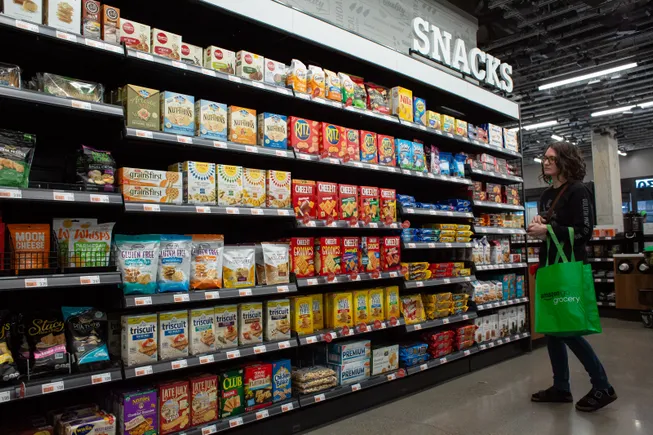This article is a collaboration between growth strategy experts Bryan Radtke and Jeremy Bartlow from PA Consulting.
GLP-1 drugs such as Wegovy, Mounjaro, Ozempic, and others are transforming the treatment of Type 2 diabetes and obesity. These medications offer improved blood sugar control and significant weight loss. As the use of GLP-1 drugs continues to rise, the U.S. food and beverage industry is experiencing a shift in eating habits and consumption patterns.
Our research on the expanding global wellness economy highlights the potential impact of GLP-1 drugs on the industry and their ability to reshape consumer behavior and product categories for the foreseeable future. It is predicted that these weight loss drugs will propel the creation of the first trillion-dollar pharmaceutical companies.
Projections suggest that sales of weight loss drugs could reach $70 billion by 2035, with some estimates reaching as high as $200 billion. In 2023, Novo Nordisk’s Wegovy and Ozempic generated a staggering $33.7 billion in sales, with 45% of that coming from the U.S. market. With approximately 40% of American adults classified as obese, the demand for these drugs is skyrocketing — Novo Nordisk anticipates a 24% increase in sales in 2024.
In essence, GLP-1 drugs are poised to revolutionize the industry. It is crucial for brands and businesses to stay ahead of these developments.
A Shift in Consumer Preferences
The growing use of GLP-1 drugs is expected to reshape consumer food choices and buying behaviors significantly. Reduced appetite and decreased cravings for high-fat foods may lead to a surge in demand for new, innovative food options. Food manufacturers can proactively respond by adjusting their product offerings, refining existing products, and introducing new lines of high-protein, portion-conscious options to meet consumer needs.
For consumers, the benefits include weight loss, reduced medication dependency, and an overall improvement in quality of life. The impact of the GLP-1 revolution is extending to workplace wellness, with 20% of Americans

